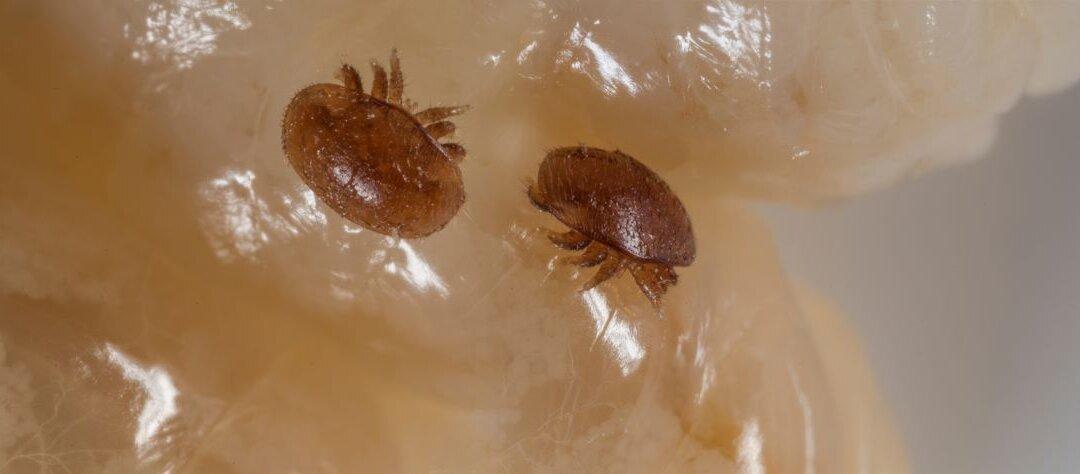The Australian Federal Police (AFP) have raided several properties across three states as part of an investigation into the arrival of the deadly varroa mite in Australia, according to the bee industry.
The varroa mite has attacked honeybees in Australia since 2022, posing a significant threat to the insect and the nation’s honey.





